It’s been two years since the Flint water crisis made national news, reminding Americans that basic necessities like clean water aren’t always a given. While Michigan’s former health department director and several local officials have been charged with crimes in conjunction with the disaster, Flint isn’t the only city dealing with lead and other contaminants leeching into their water, soil, and air.
In East Chicago, Indiana, residents have been dealing with the effects of pollution for decades. A former industrial town, once home to companies like DuPont and U.S. Smelter and Lead Refinery, it’s where in the 1980s the Environmental Protection Agency found manufacturers in the area exceeded allowable limits of soil and water toxins, like zinc, arsenic, copper, cadmium, and lead. In the 1990s, the local health department and EPA began testing for lead and found alarming rates of the contaminant in soil, residencies, and East Chicago’s children.
In 2009, the city was added to the EPA’s Superfund National Priorities List, but cleanup has been slow moving. Because environmental disasters often strike communities of color, which are more likely to live near hazardous waste than their white counterparts, one of the nation’s oldest civil rights groups is getting involved in the fight against environmental racism.
[quote position="left" is_quote="true"]The more vulnerable communities are, the more susceptible they are to the havoc of [environmental injustice].[/quote]
“The more vulnerable communities are, the more susceptible they are to the havoc of [environmental injustice],” says Denise Abdul-Rahman, environmental and climate justice chair of the Indiana chapter of the NAACP. “We decided that we would like to do something for the young people and empower them to basically protect themselves.”
Earlier this month, the group rolled out the Community Scientist initiative to students in East Chicago. The program, which the Indiana chapter of the NAACP hosts in conjunction with Indiana State University, equips young people with the tools and materials to collect soil, air, and water samples in their neighborhood so they can be tested for contaminants. The NAACP also provides media training for young people “so we can lift our own story even if other mainstream media will not.”
Recently, GOOD spoke with Abdul-Rahman about the challenges facing East Chicago and how the Indiana NAACP’s Community Scientist program is hoping to address it.
How did the Community Scientist program come about?
This community has been living in a legacy of lead for over 14 years. This community also learned that their water was contaminated and that there was going to be some PCV dumping in their harbor, and they wanted to dock trash near the children’s school. It was extremely important that these children learn about environmental justice, so we took the opportunity to be able to collaborate with Indiana State University who conducted the testing and kind of gave us the procedure that we could engage with students and their parents.
We provided the plastic bags. One plastic bag had a cotton square in it, and the children were instructed to dust something in the room and that would tell us what their air quality was. And then another little bag to carefully dig some soil from their surroundings and put that into the bag. Then they were to take an empty plastic water bottle and get water from their faucet and put that into the big bag we provided.
They brought their samples [to Youth Scientist Day], so they were able to immediately get feedback. Some of the children’s findings exceeded [safe levels for lead] or were given a positive [lead reading] from their data, and then, of course, there were some that were found negative.
We even had a journalist there to train the students on how to use their phones so they can sell their own stories and document environmental injustice any time that they want to.
When people talk about climate change or the environment, we think of melting polar ice caps or just the weather being different. But we don’t talk about how it’s connected to racial justice. Why is it important for us to link the two and talk about it in that way?
The more vulnerable communities are, the more susceptible they are to the havoc of [environmental injustice]. Data shows that communities of color, predominantly African-Americans, host havoc such as coal-fired power plants or landfill waste. If we take into account the high police brutality rates, particularly with black men and women being unjustly arrested or abused or killed, this leaves communities highly vulnerable, highly stressed, and highly traumatized.
You mentioned the longstanding lead contamination, but what are some of the other pressing environmental issues East Chicago’s residents have to face?
From my conversations with the community, they fear their air. They’re unable to play in the soil. We wanted to have our community day out on the lawn, and the pastor of First Baptist Church reminded me that when they tried to do their community day a couple months ago, the community said they didn’t want to be out on the grass. There is also ongoing trauma from fear of drinking water and bathing in the water. We attended an EPA forum last month, and a resident said, “Hey I’ve got this filtration system and it said do not run hot water through it. Do I have to take cold showers?”
He really didn’t get a good answer.
The Flint water crisis made national news, but it isn’t the only place dealing with these types of issues. Why do you think we don’t hear about other places, like East Chicago?
We have to empower ourselves. We gave media training to our young people so we can lift our own stories, even if other mainstream media will not. Also, that old adage that [some] people with money put profits before people is true — their narrative seems to trump those vulnerable communities.
[quote position="left" is_quote="true"]That’s also why this is called ‘Community Scientists’ — because we believe those who live on the frontline are the scientists and they are the experts for their community.[/quote]
The best we can do is organize ourselves, demand that foundations [donate to] us directly to do our work or crowdfund to get our own funding so that we can drive the narrative and the type of advocacy and solutions we want. We also just have to be self-empowered to create our own solutions and activate to implement what the frontline community wants and needs to protect itself. That’s also why this is called “Community Scientists” — because we believe those who live on the frontline are the scientists and they are the experts for their community.
That’s the challenge we had with the EPA when they were in East Chicago: They didn’t have any real cultural competency. They weren’t really listening. It was a hierarchy where they were the experts, and others were inferior to them, but there needs to be methodologies that are moving collectively and that we’re all here at the table to create solutions, led by the frontline.
Can you talk a little bit about East Chicago? It’s easy for those of us from the outside to Google some information and categorize it in a particular way, but what kind of people live there? What type of community is it?
East Chicago is a very resilient community. They love their culture and they’re very connected; almost everyone knows everyone. And they have divided themselves, so one group wants to really do the activism and the marching and the protesting. The other group, they’re more inclined to do the political work.
How did you get involved in the environmental justice work?
I was from a vulnerable community and had parents who were both activists: My mother fought for women’s rights and my father was a member of the Black Panther Party of Lafayette, Indiana. My grandmother went to the Martin Luther King [March on Washington] and made sure she saw the first black president be inaugurated.
It was natural for me to morph into environmental justice because when my mother died of breast cancer, she lived across the street from a hospital that burned its own waste. I decided that was probably a causation [for her cancer], so that was it.















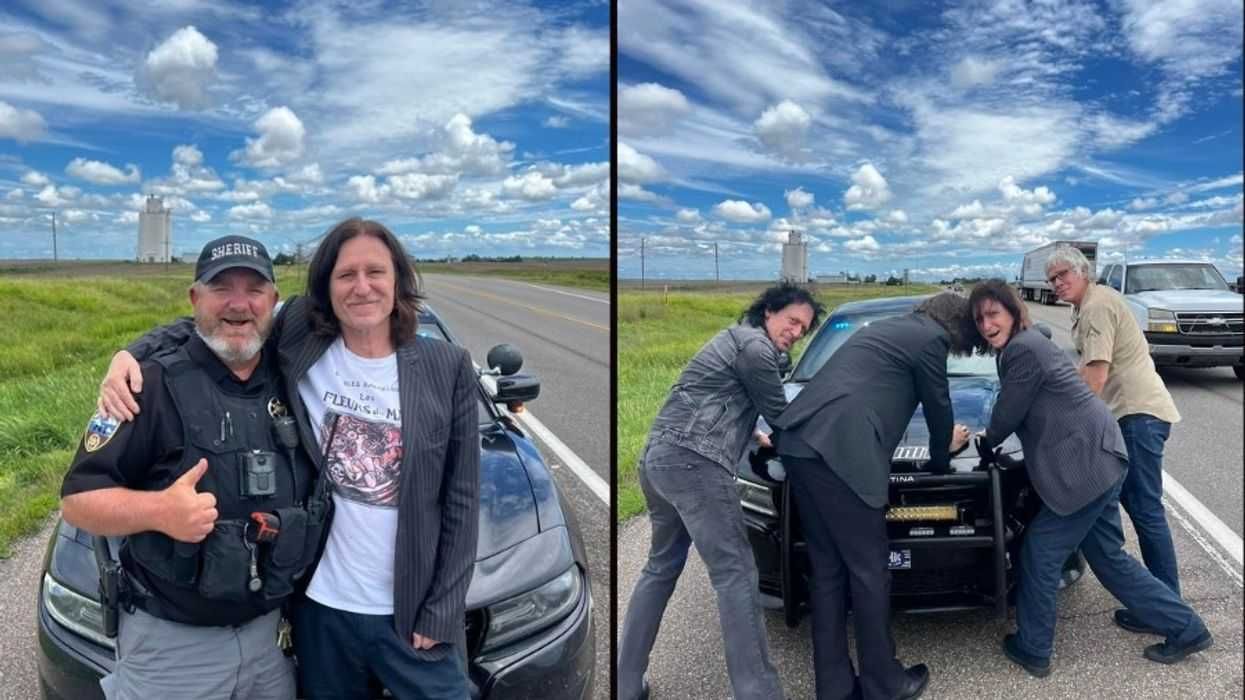
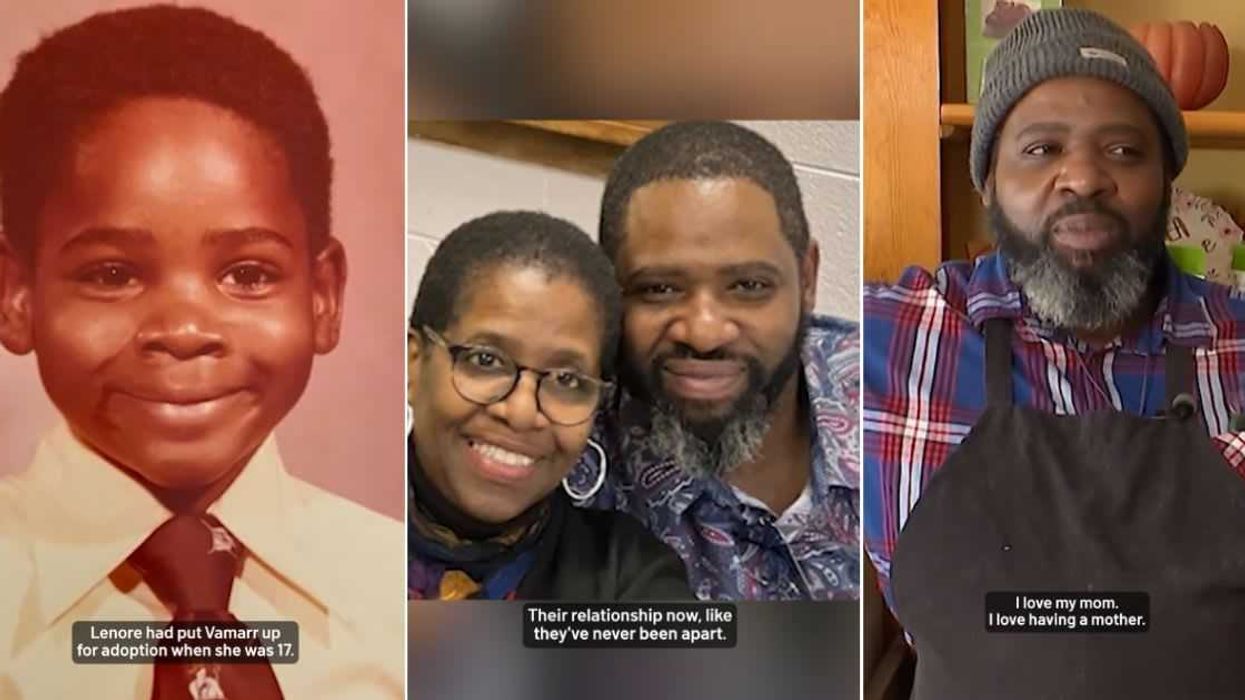
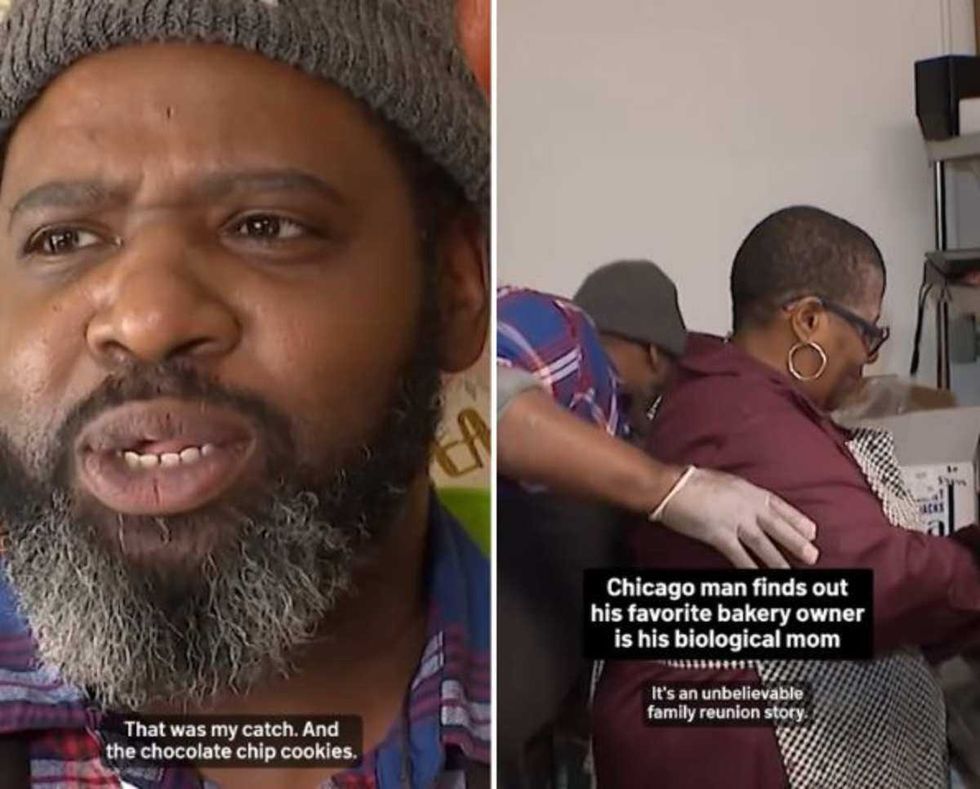 Screenshots of the man talking to the camera and with his momTikTok |
Screenshots of the man talking to the camera and with his momTikTok | 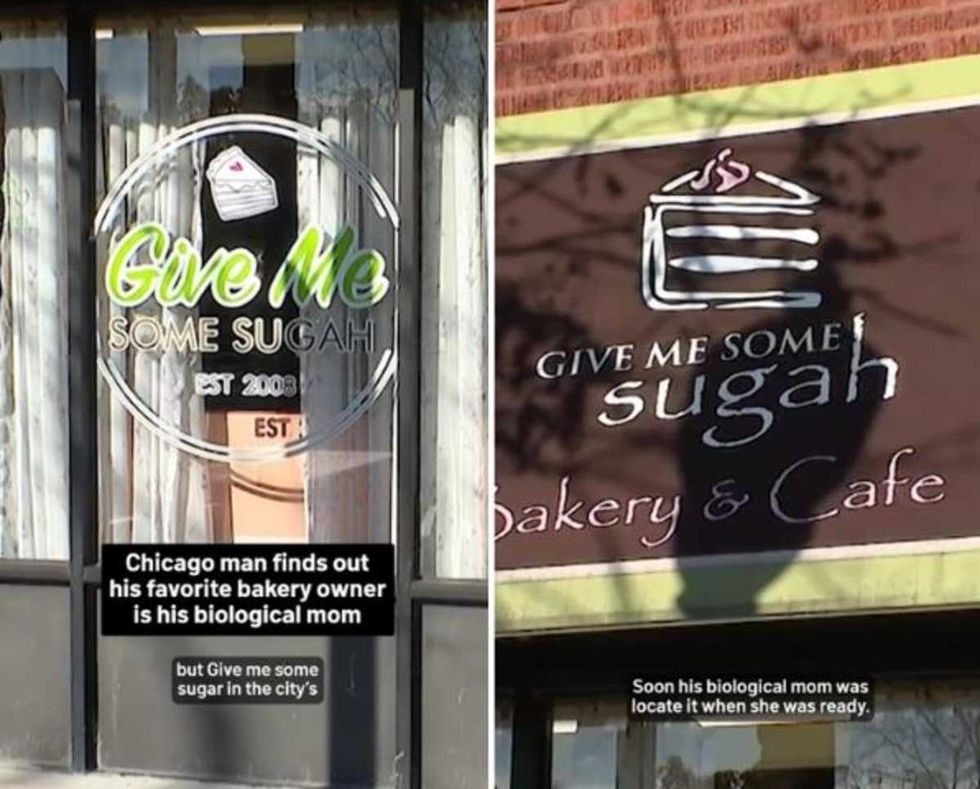 Screenshots of the bakery Image Source: TikTok |
Screenshots of the bakery Image Source: TikTok | 
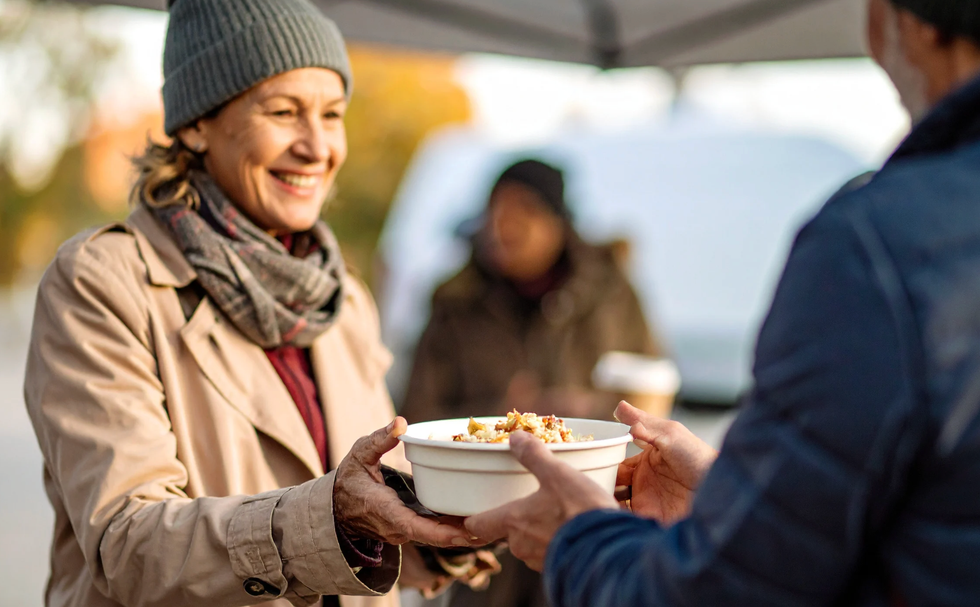 A woman hands out food to a homeless personCanva
A woman hands out food to a homeless personCanva A female artist in her studioCanva
A female artist in her studioCanva A woman smiling in front of her computerCanva
A woman smiling in front of her computerCanva 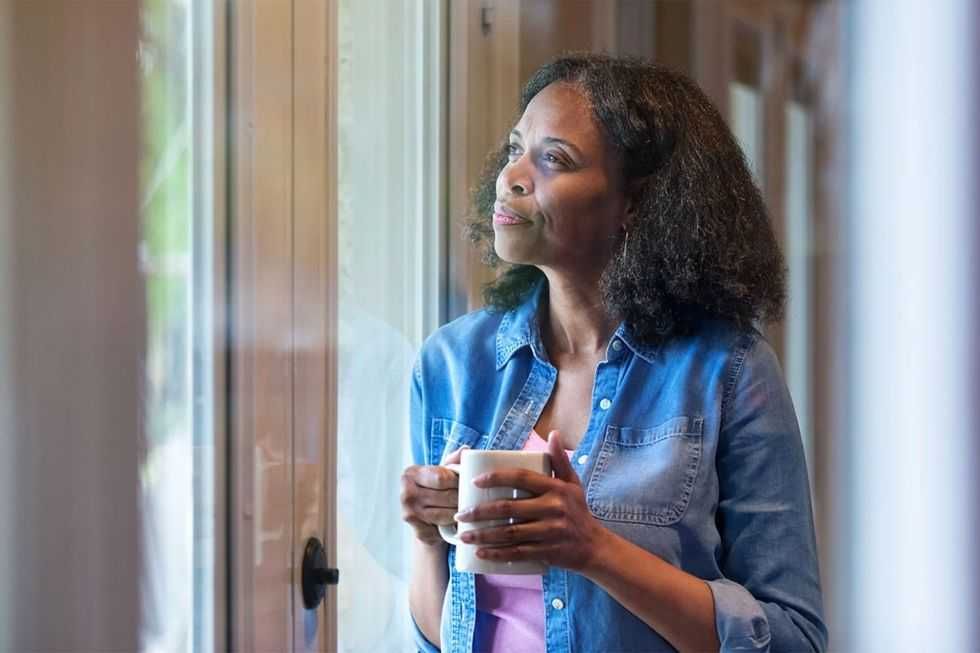 A woman holds a cup of coffee while looking outside her windowCanva
A woman holds a cup of coffee while looking outside her windowCanva  A woman flexes her bicepCanva
A woman flexes her bicepCanva  A woman cooking in her kitchenCanva
A woman cooking in her kitchenCanva 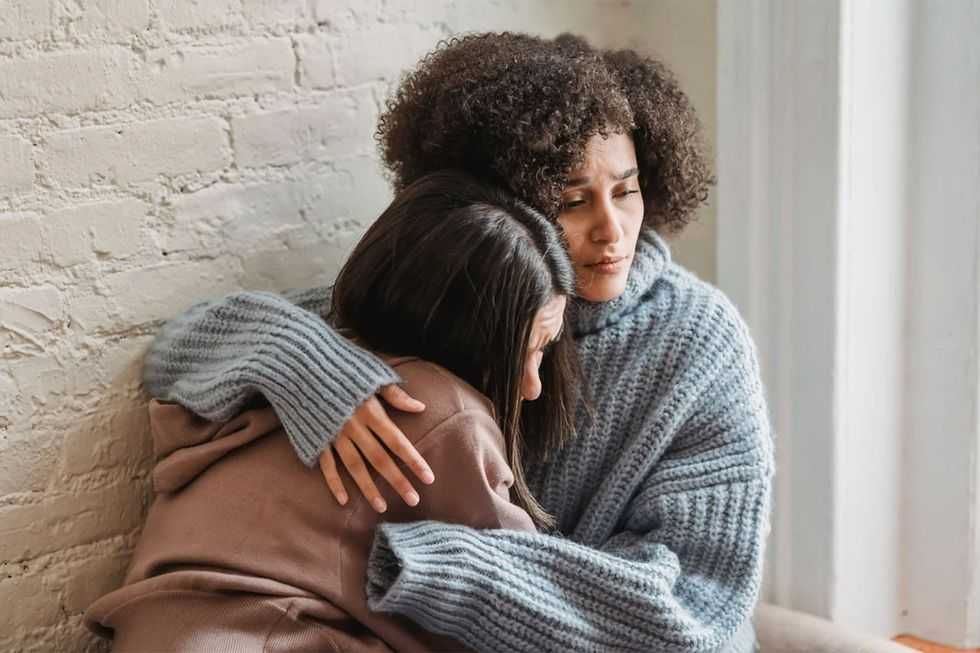 Two women console each otherCanva
Two women console each otherCanva  Two women talking to each otherCanva
Two women talking to each otherCanva  Two people having a lively conversationCanva
Two people having a lively conversationCanva  Two women embrace in a hugCanva
Two women embrace in a hugCanva 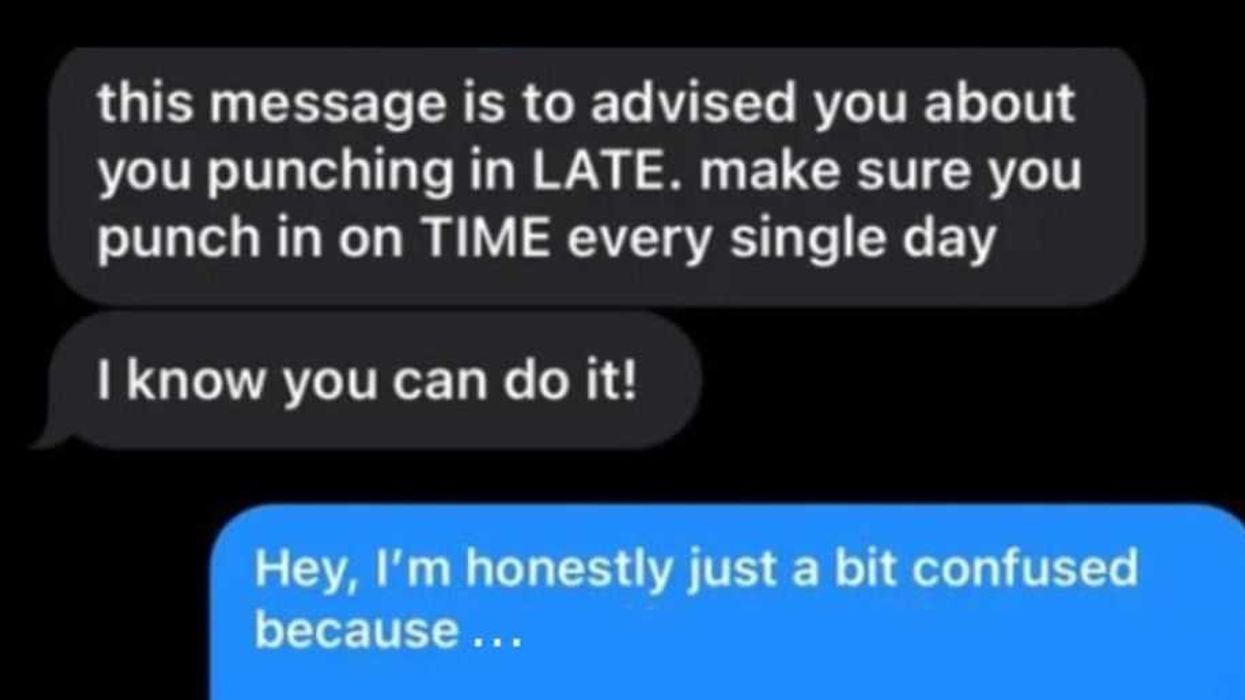
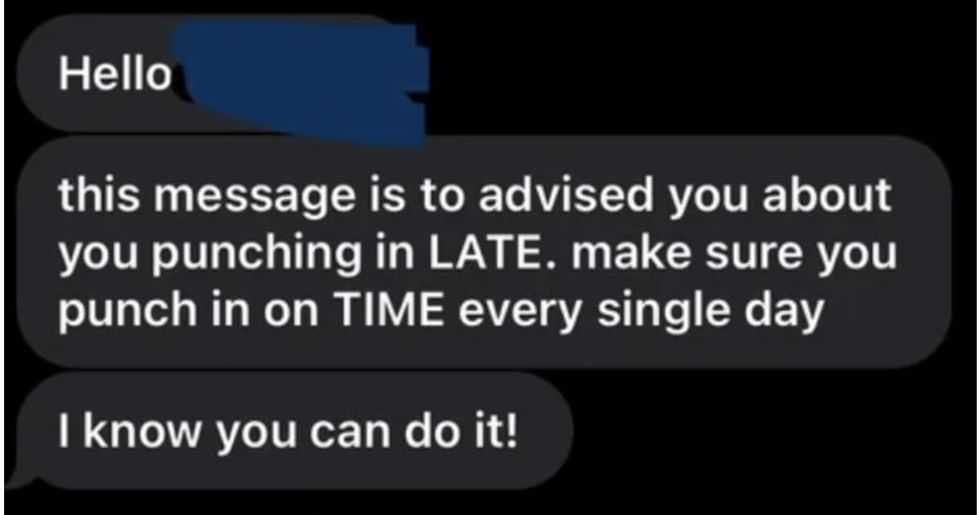 A reddit commentReddit |
A reddit commentReddit | 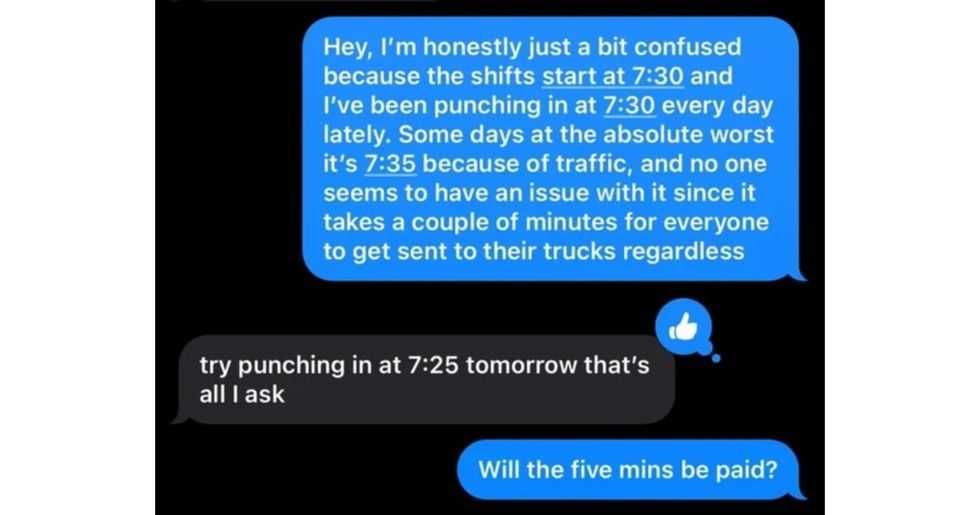 A Reddit commentReddit |
A Reddit commentReddit | 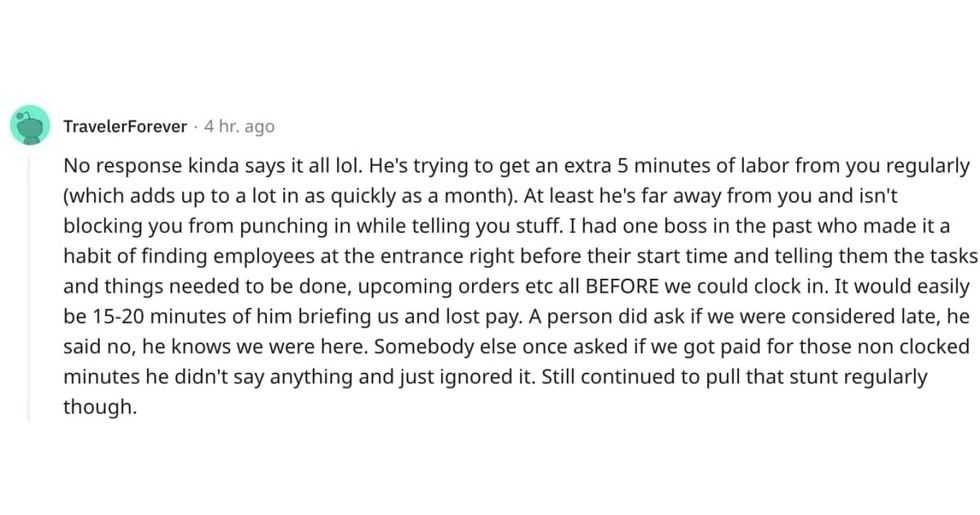 A Reddit commentReddit |
A Reddit commentReddit |  Stressed-out employee stares at their computerCanva
Stressed-out employee stares at their computerCanva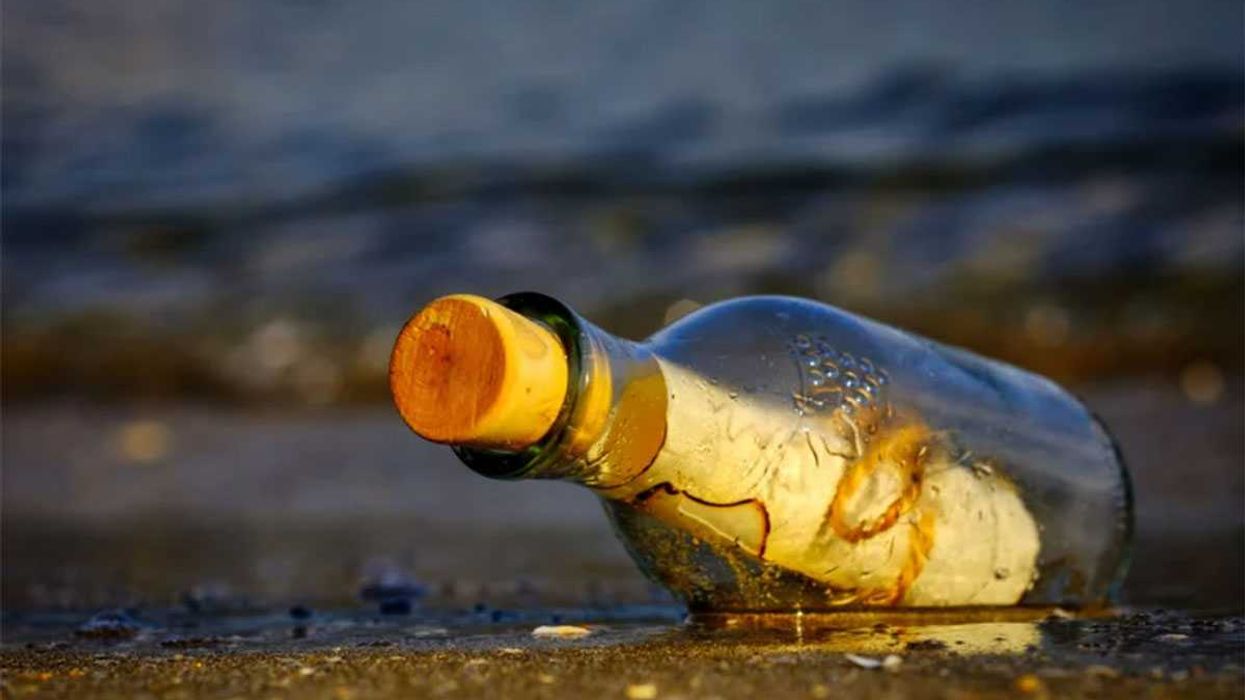
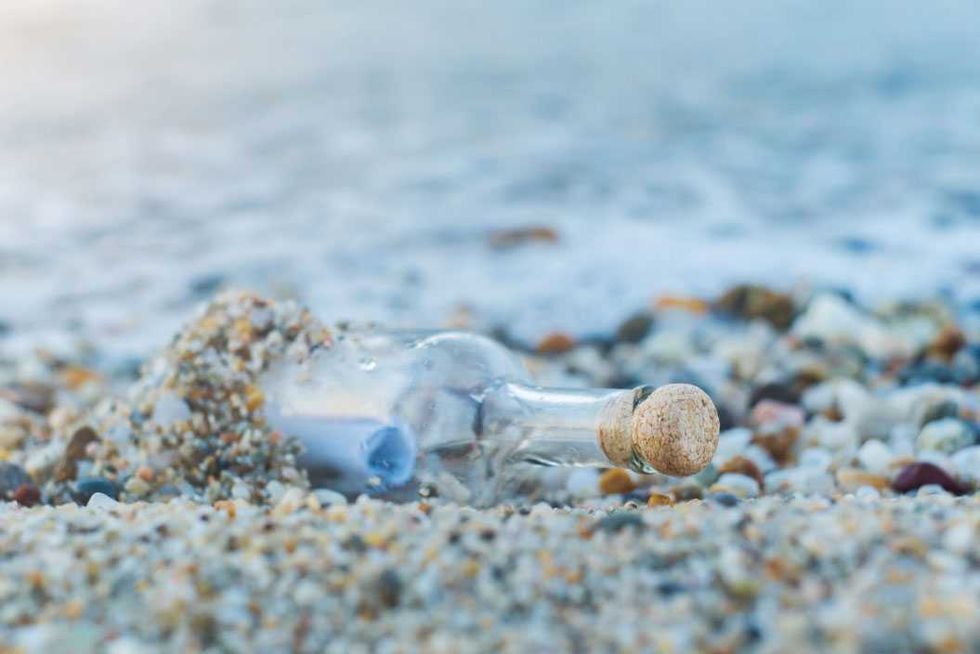 Who knows what adventures the bottle had before being discovered.
Who knows what adventures the bottle had before being discovered. 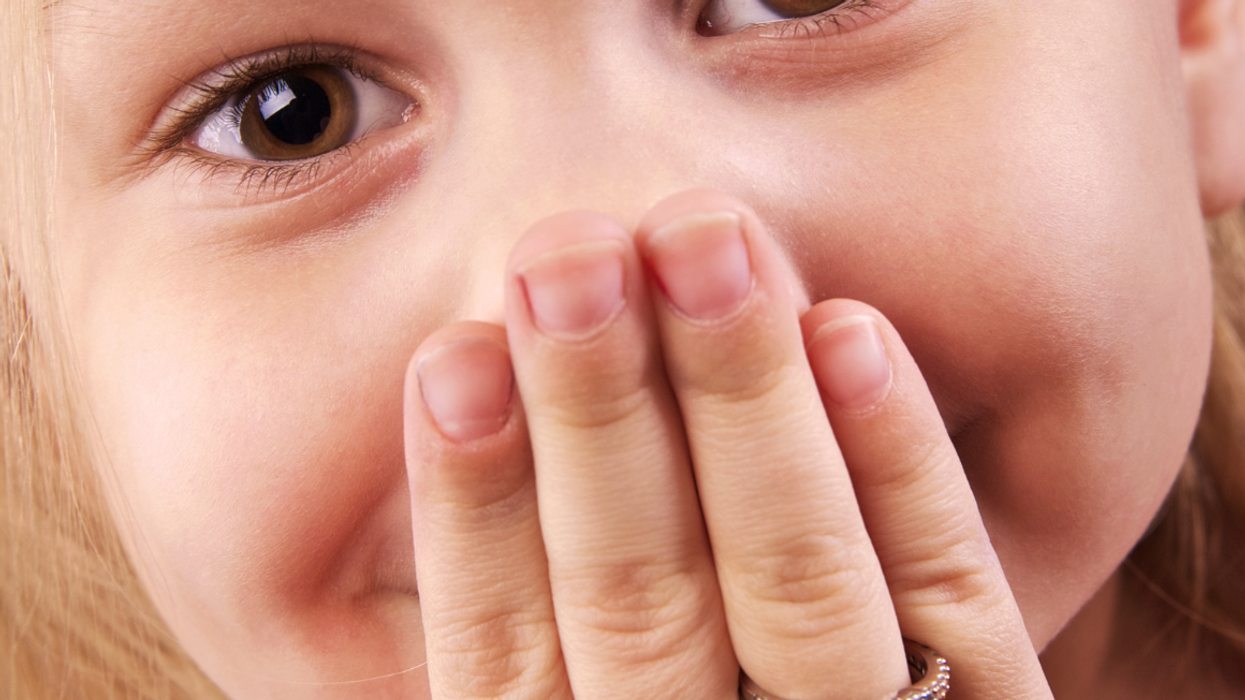
 Gif of young girl looking at someone suspiciously via
Gif of young girl looking at someone suspiciously via 
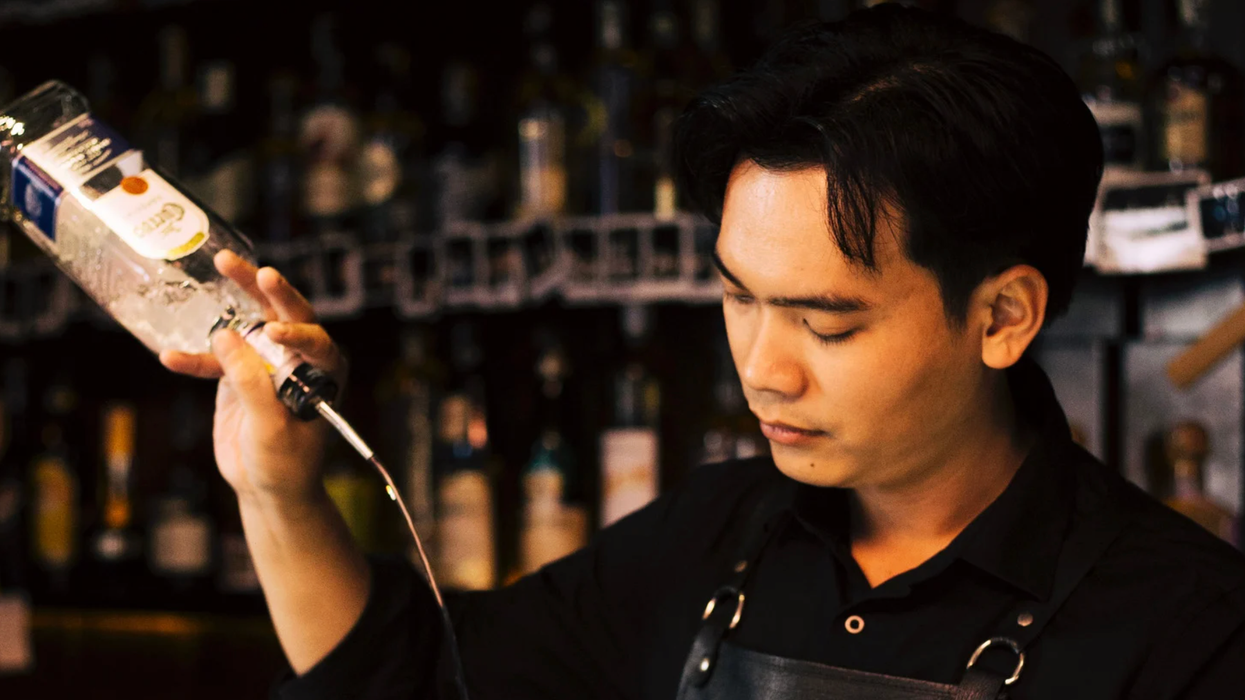
 A bartender makes a drinkCanva
A bartender makes a drinkCanva